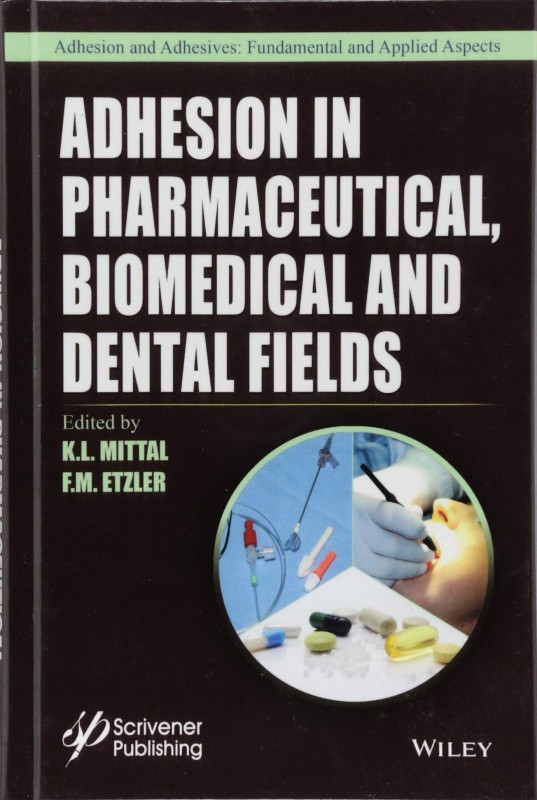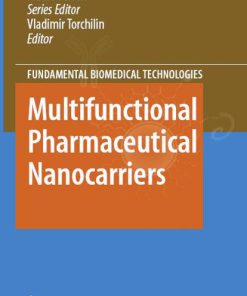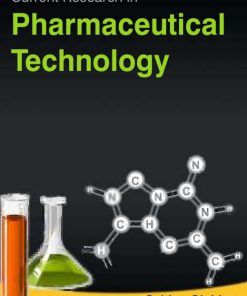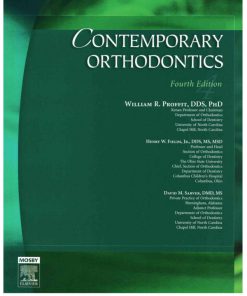Adhesion in Pharmaceutical Biomedical and Dental Fields 1st edition by Etzler,Mittal 9781119323792 1119323797
Original price was: $50.00.$25.00Current price is: $25.00.
Authors:K. L. Mittal; Frank Etzler , Series:Dentistry [87] , Tags:(Adhesion and Adhesives Fundamental and Applied Aspects , Author sort:Mittal, K. L. & Etzler, Frank , Ids:Goodreads , Languages:Languages:eng , Published:Published:Jun 2017 , Publisher:Wiley-Scrivener , Comments:Comments:The only book to cover adhesion in pharmaceutical, biomedical and dental fieldsThe phenomenon of adhesion is of cardinal importance in the pharmaceutical, biomedical and dental fields. A few eclectic examples will suffice to underscore the importance/relevance of adhesion in these three areas. For example, the adhesion between powdered solids is of crucial importance in tablet manufacture. The interaction between biodevices (e.g., stents, bio-implants) and body environment dictates the performance of such devices, and there is burgeoning research activity in modifying the surfaces of such implements to render them compatible with bodily components. In the field of dentistry, the modern trend is to shift from retaining of restorative materials by mechanical interlocking to adhesive bonding.The book contains 15 chapters written by internationally-renowned subject matter experts and is divided into four parts: Part 1: General Topics; Part 2: Adhesion in Pharmaceutical Field; Part 3: Adhesion in Biomedical Field; and Part 4: Adhesion in Dental Field.The topics covered include: Theories or mechanisms of adhesion; wettability of powders; role of surface free energy in tablet strength and powder flow behavior; mucoadhesive polymers for drug delivery systems; transdermal patches; skin adhesion in long-wear cosmetics; factors affecting microbial adhesion; biofouling and ways to mitigate it; adhesion of coatings on surgical tools and bio-implants; adhesion in fabrication of microarrays in clinical diagnostics; antibacterial polymers for dental adhesives and composites; evolution of dental adhesives; and testing of dental adhesive joints.













